This gallery shows 25+ high-quality and best-resolution Drum PNG Images, Vectors, Stickers, logos, Icons, and Clipart Pictures with transparent backgrounds. Free download all these Drum PNG images for graphic design, projects, presentations, web design, editing, and other works.
Drum PNG Images:
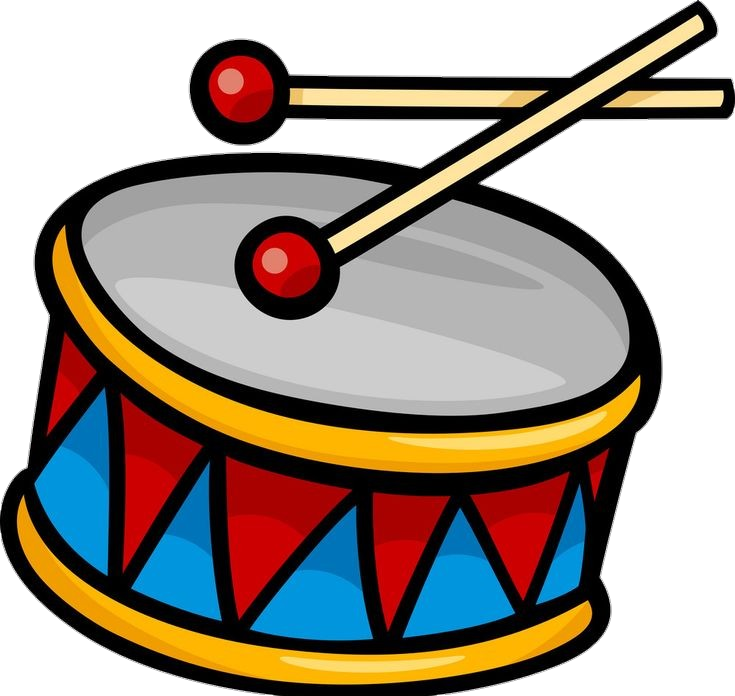
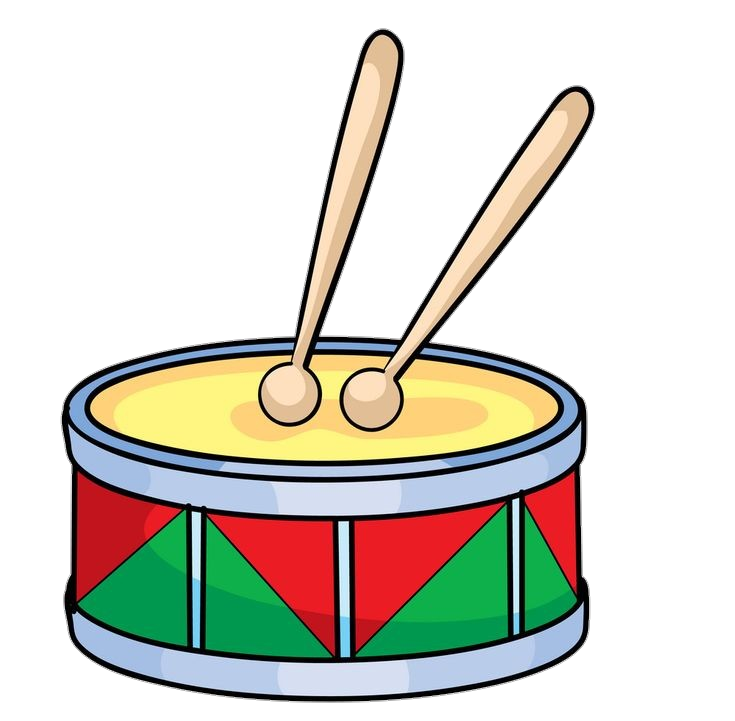

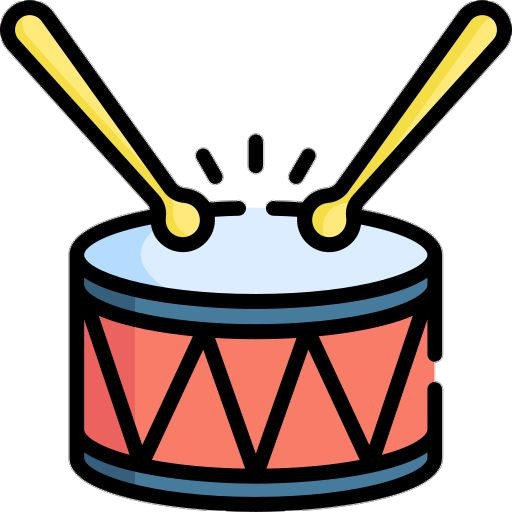
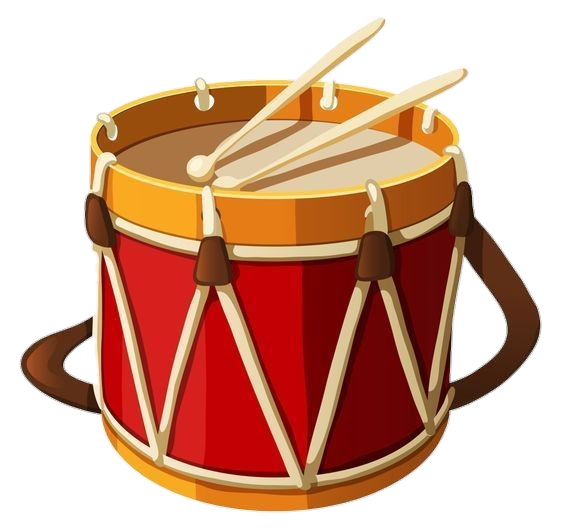
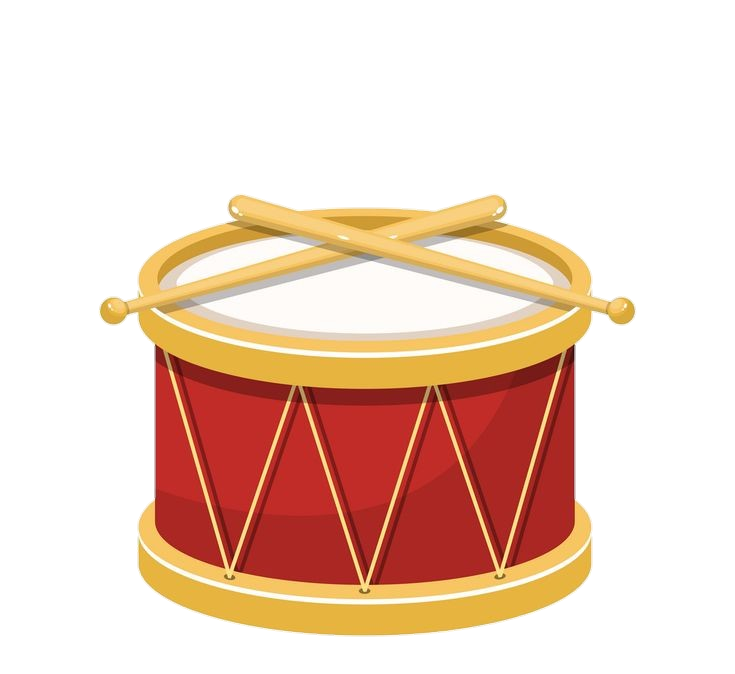
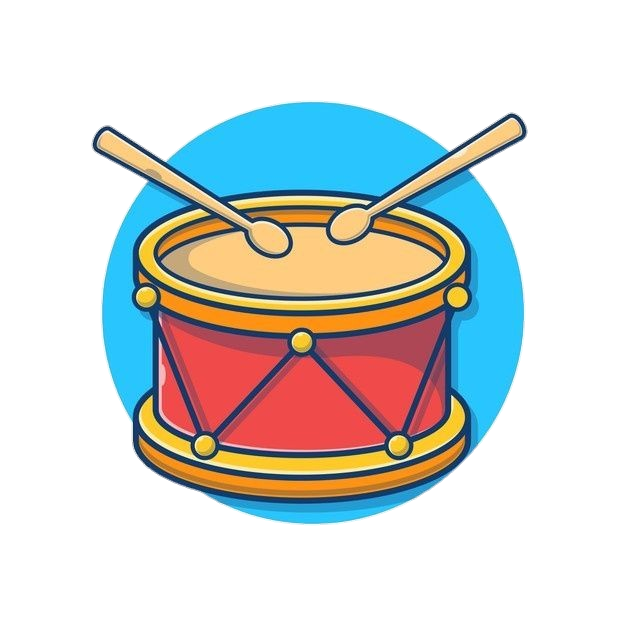
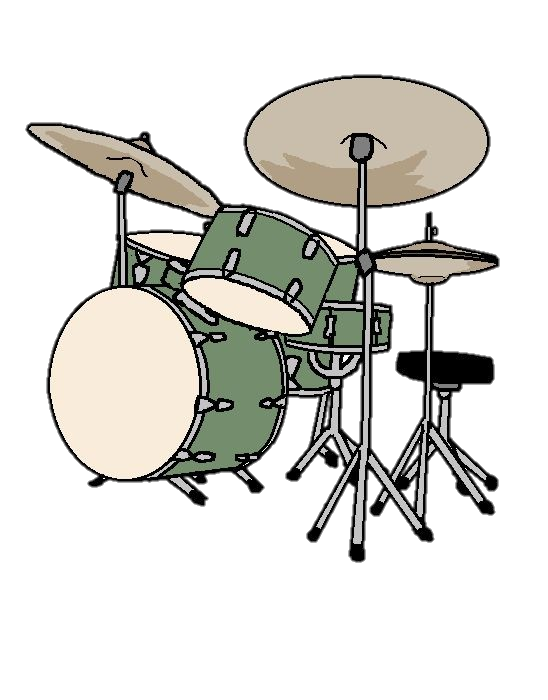
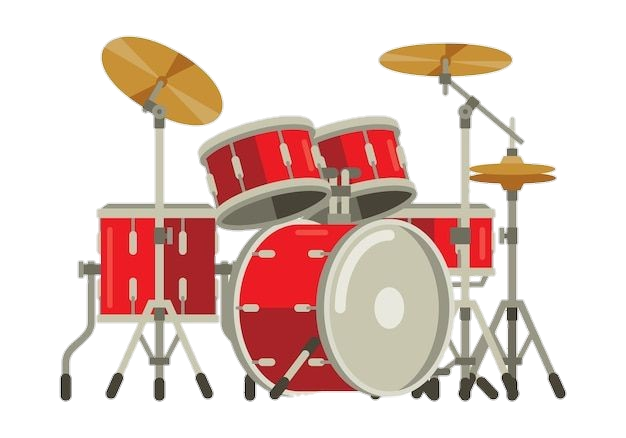
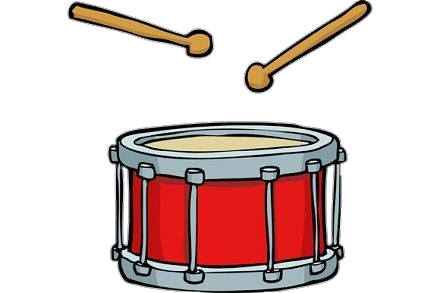
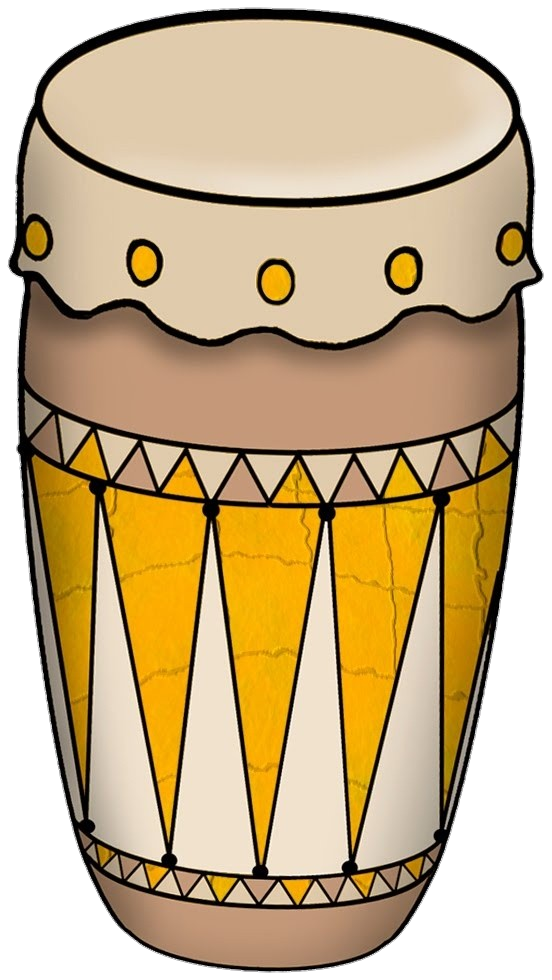

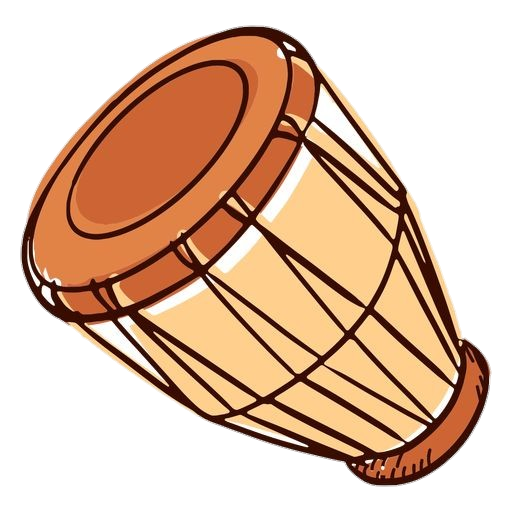
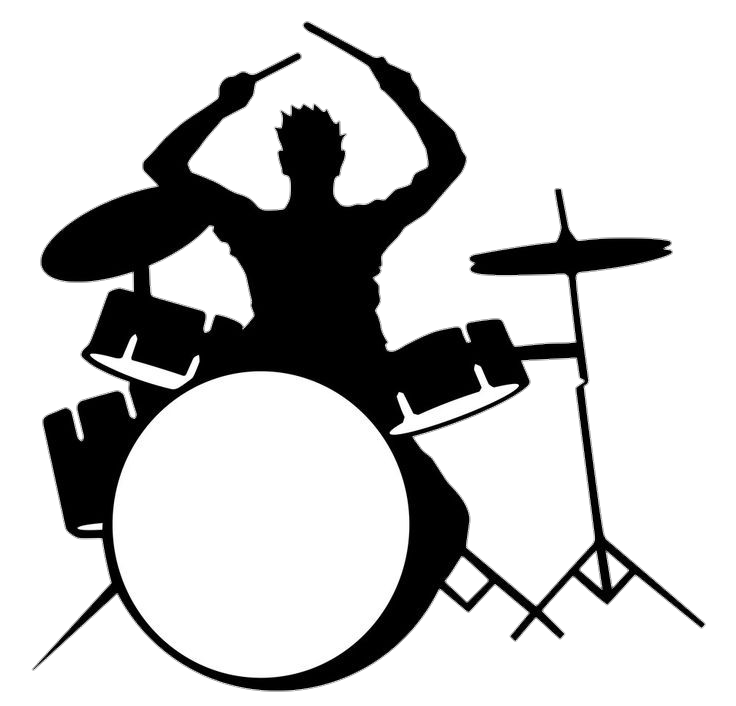
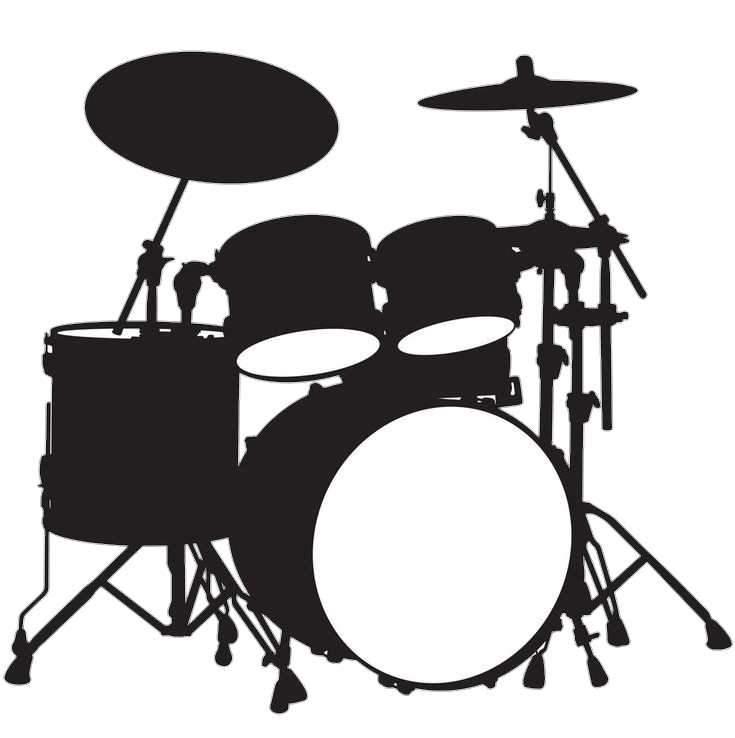
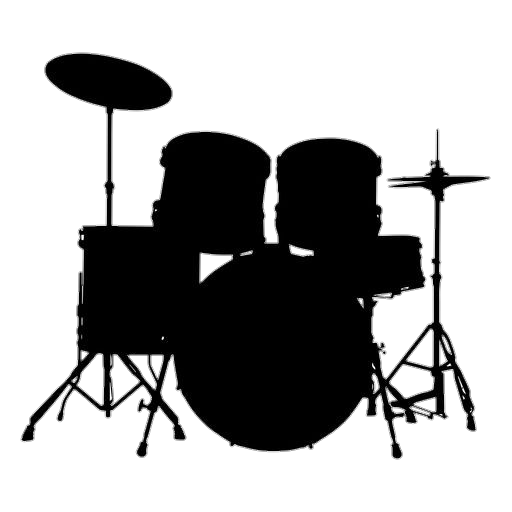
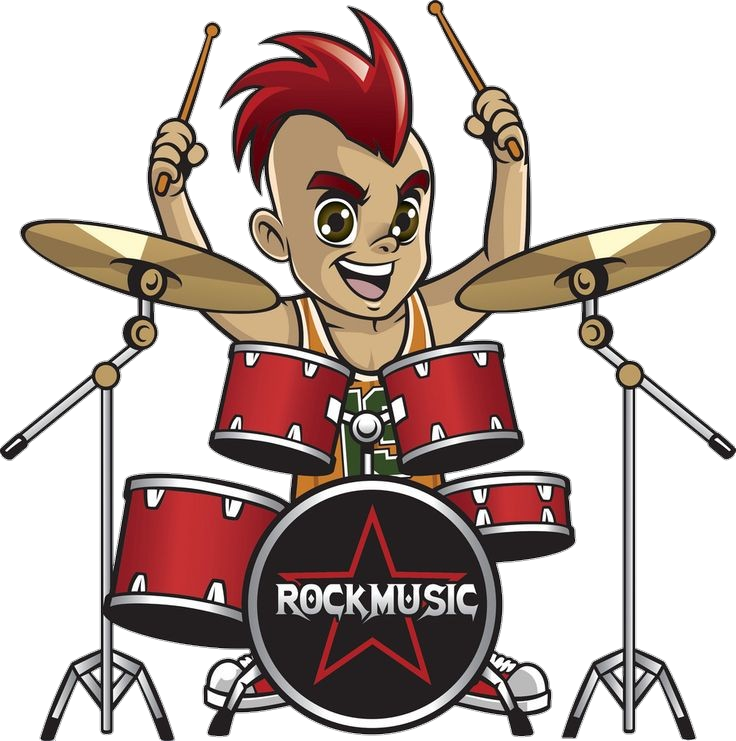
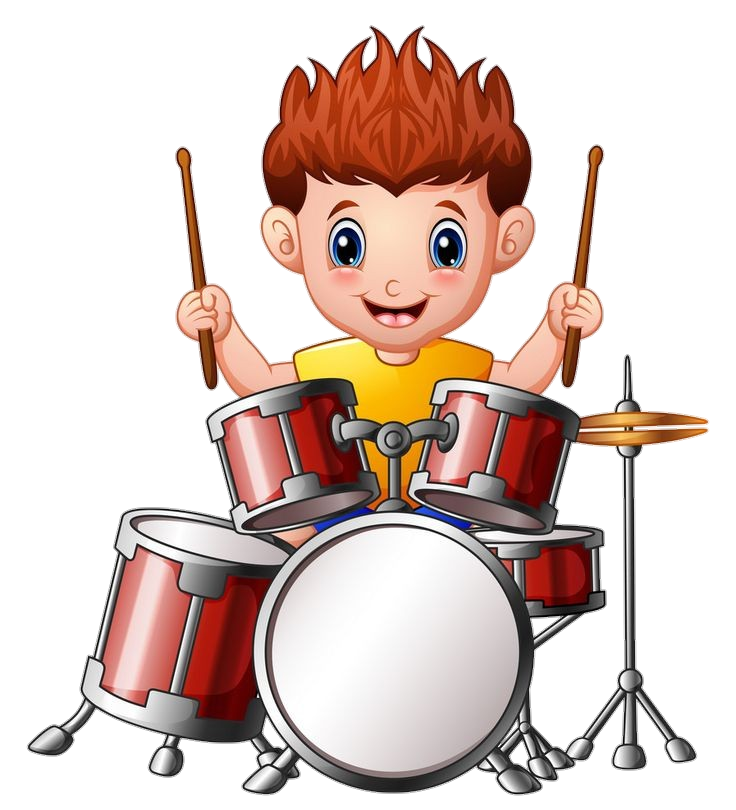
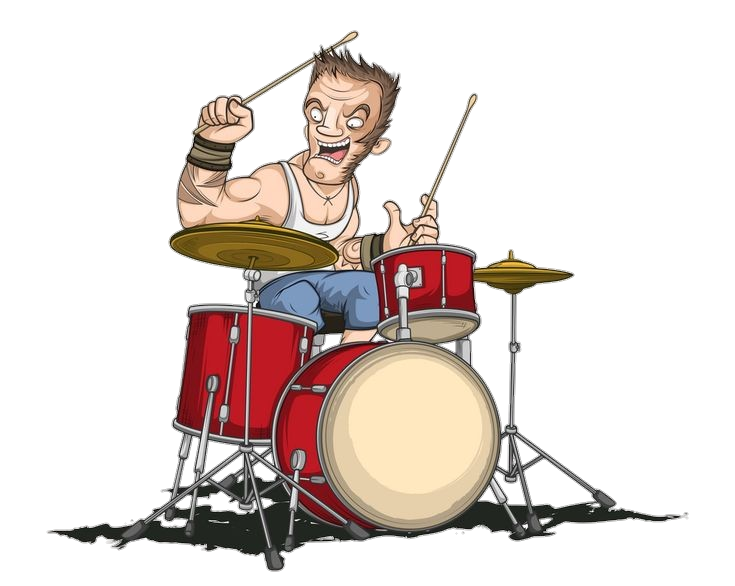
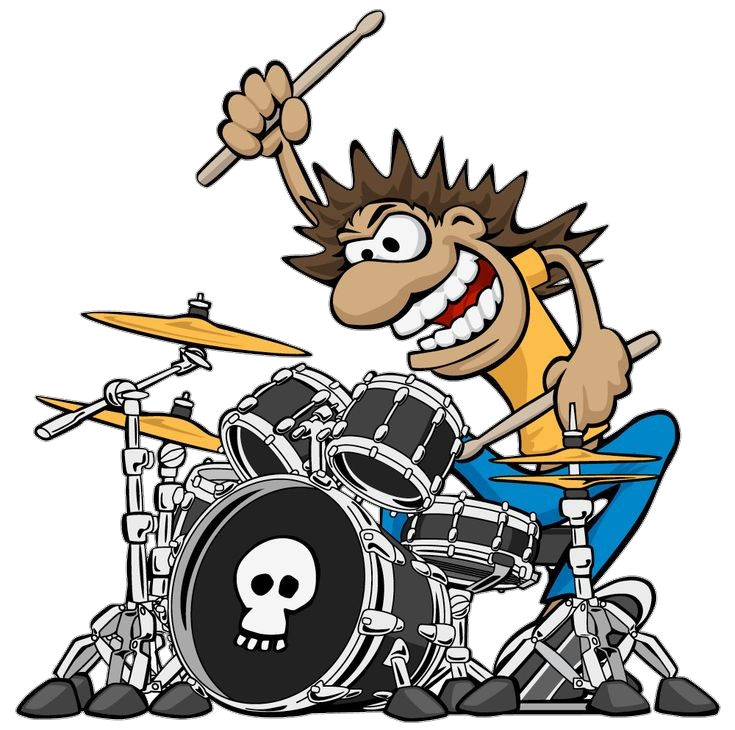
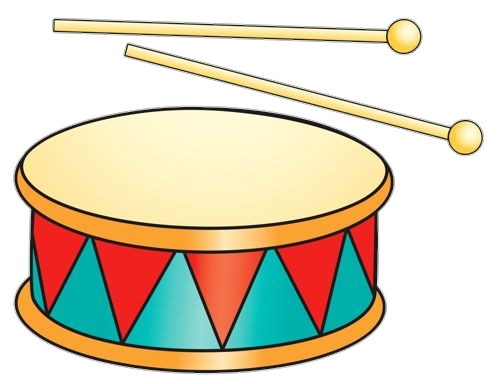
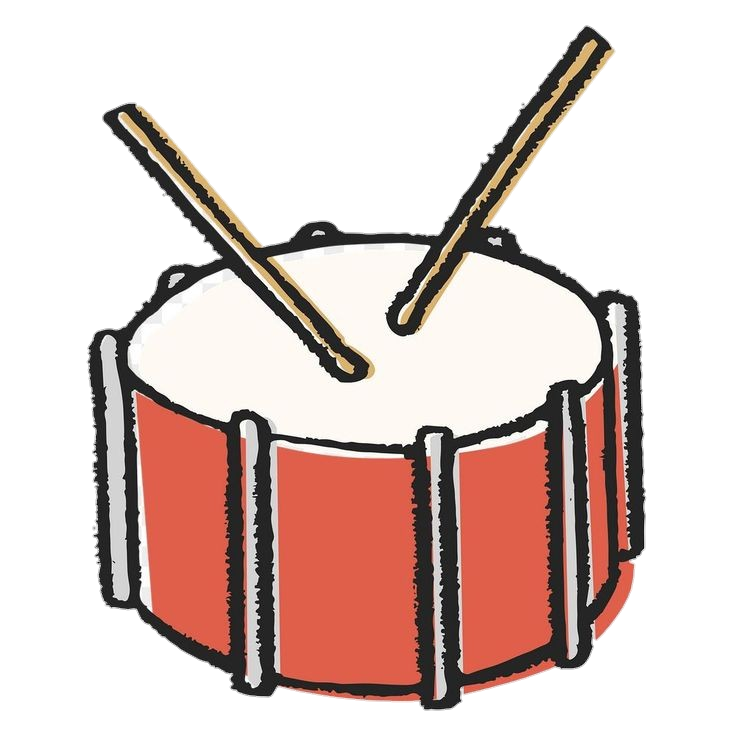

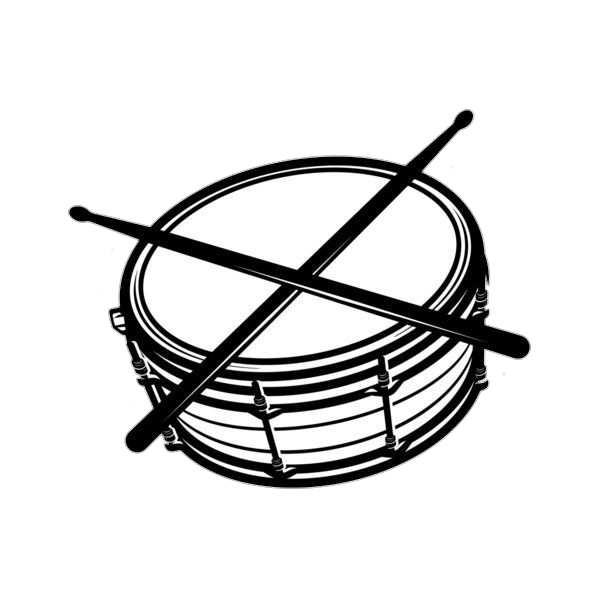
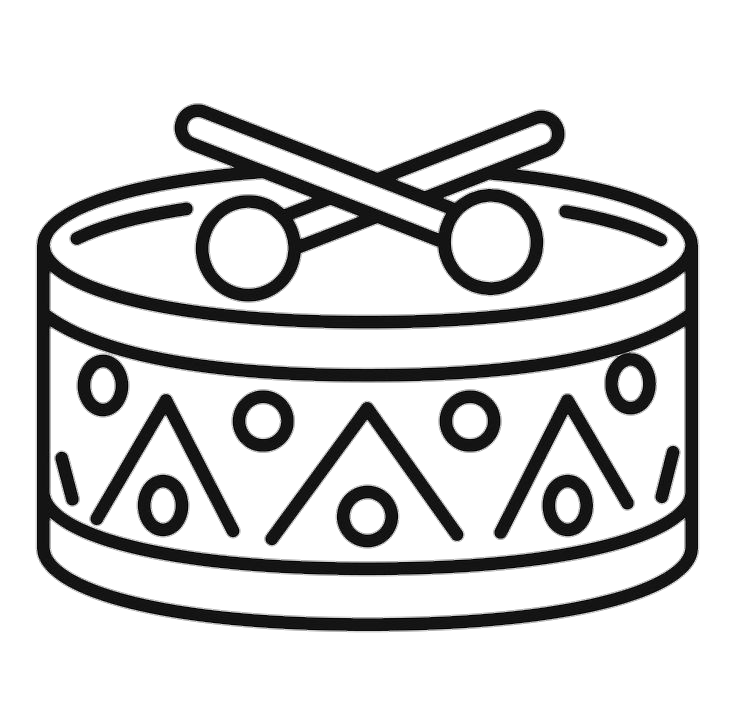

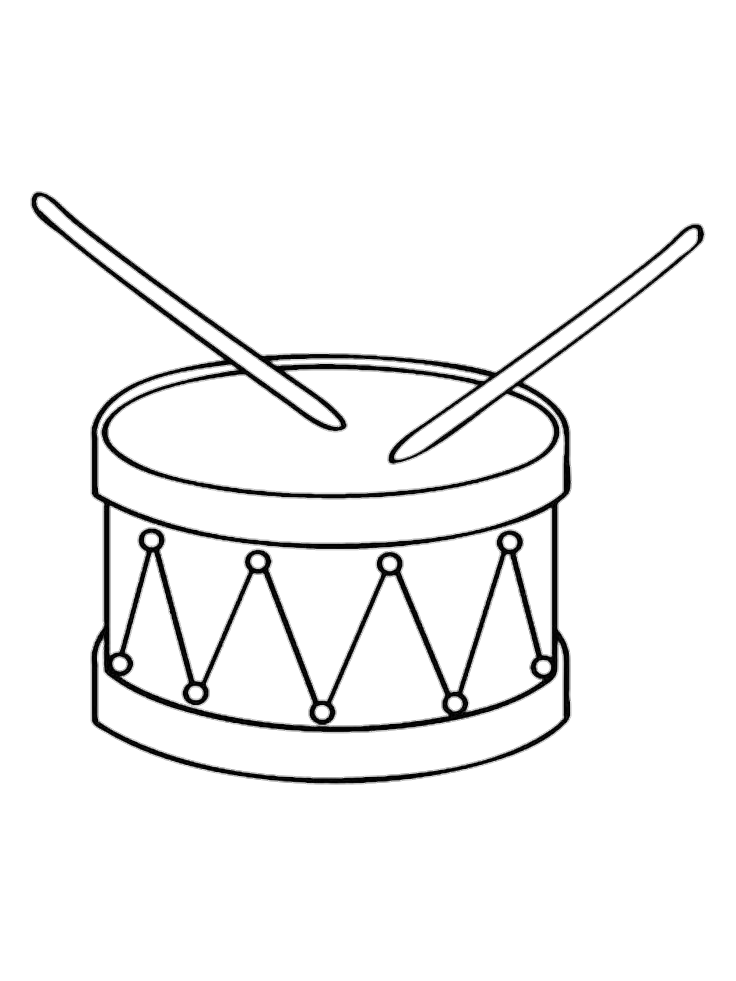
The drum is one of the most ancient and universal musical instruments, transcending time and culture to become an essential part of human expression. Its rhythmic pulse has been at the heart of countless rituals, ceremonies, and celebrations throughout history.
The drum’s history is as diverse as the cultures that have embraced it. From the African djembe to the Native American powwow drum, from the Taiko drums of Japan to the tabla of India, drums have played a central role in the traditions and customs of societies worldwide.
In Africa, the drum has long been considered the “heartbeat” of the community. African drumming serves as a means of communication, with different rhythms and beats conveying specific messages or signals. It is also an integral part of tribal ceremonies and dances, connecting individuals to their roots and ancestors.
In Native American cultures, the drum holds immense spiritual significance. The powwow drum, for example, is a symbol of unity and strength within indigenous communities. It is used in powwows, which are gatherings that celebrate Native American culture through music, dance, and storytelling.
The Japanese Taiko drum represents power and resilience. These massive drums are used in traditional Taiko performances, which are not only a display of musical prowess but also a demonstration of physical strength and discipline. Taiko drumming embodies the spirit of the samurai and reflects the rich history and culture of Japan.
In India, the tabla is a key instrument in classical music. It consists of two hand-played drums that produce intricate rhythms and melodies. Tabla players, known as tablaists, spend years mastering their craft, and the instrument itself has a deep spiritual and cultural significance.
The drum is not merely an instrument; it is a powerful means of communication. Throughout history, drums have been used to convey messages, signal warnings, and celebrate victories. In times of war, drums served as a form of battlefield communication, conveying orders and signals to troops. The thunderous beat of war drums struck fear into the hearts of enemies and inspired soldiers to action.
In music, the drum provides the backbone of rhythm. It sets the tempo, provides a steady beat, and adds depth and energy to musical compositions. Whether it’s the driving force of a rock band, the syncopated rhythms of jazz, or the intricate patterns of classical percussion, the drum is an essential component of virtually all genres of music.
In some cultures, drumming is a form of storytelling. The rhythms and patterns created by skilled drummers can convey narratives and emotions, allowing listeners to connect with the music on a profound level. In this way, drums become a vehicle for cultural preservation and the transmission of history.
Over the centuries, the drum has evolved in various ways. Technological advancements have led to the development of new materials, shapes, and mechanisms, enhancing the instrument’s capabilities and versatility. Today, we have electronic drums that can replicate a wide range of sounds, and drum machines that allow for precise control over rhythm and percussion.
Furthermore, the drum has become a symbol of unity and resistance in contemporary contexts. Drum circles and protests often feature individuals coming together to create a rhythmic protest, sending a message of solidarity and determination. This modern usage echoes the historical role of drums in communication and social cohesion.
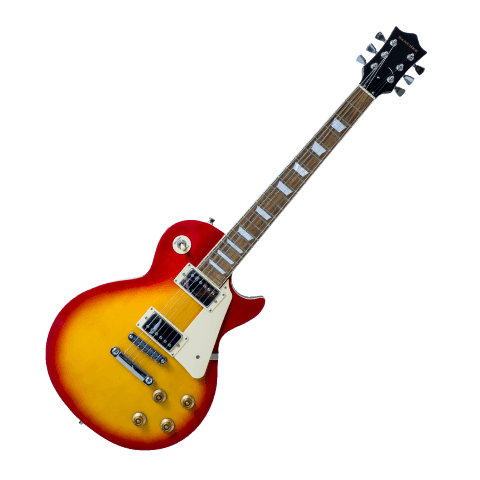
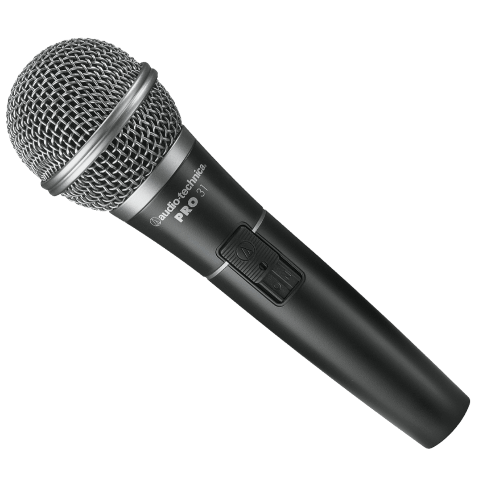

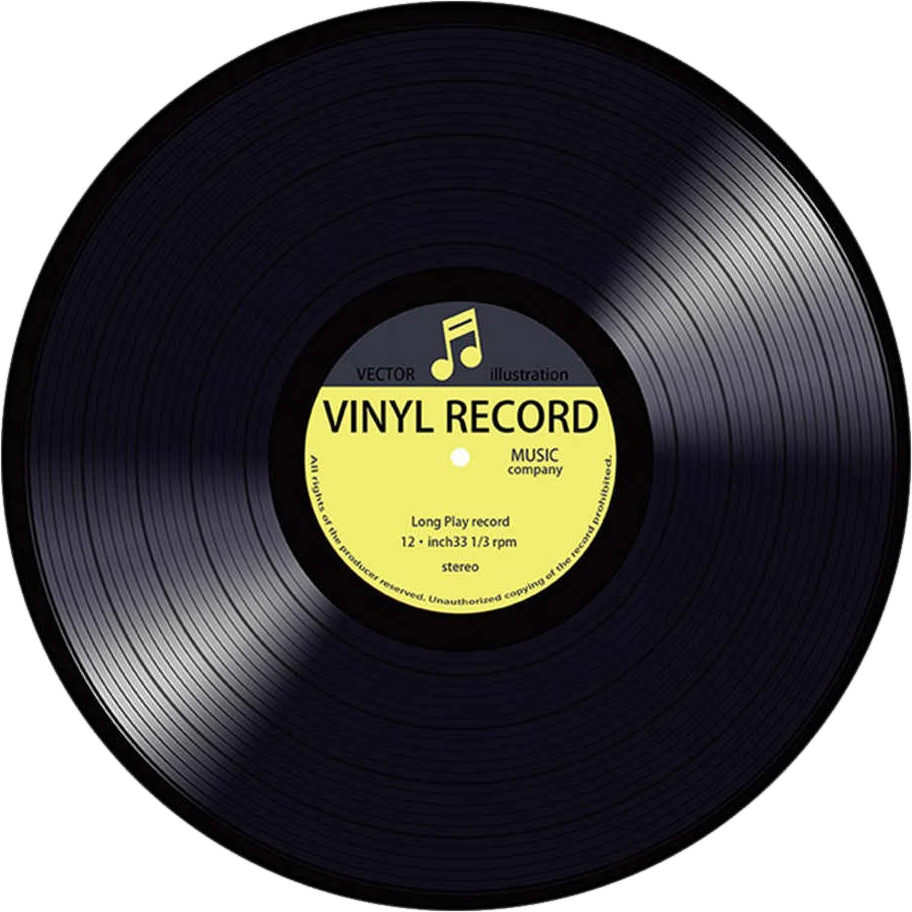

Leave a Comment
Instagram